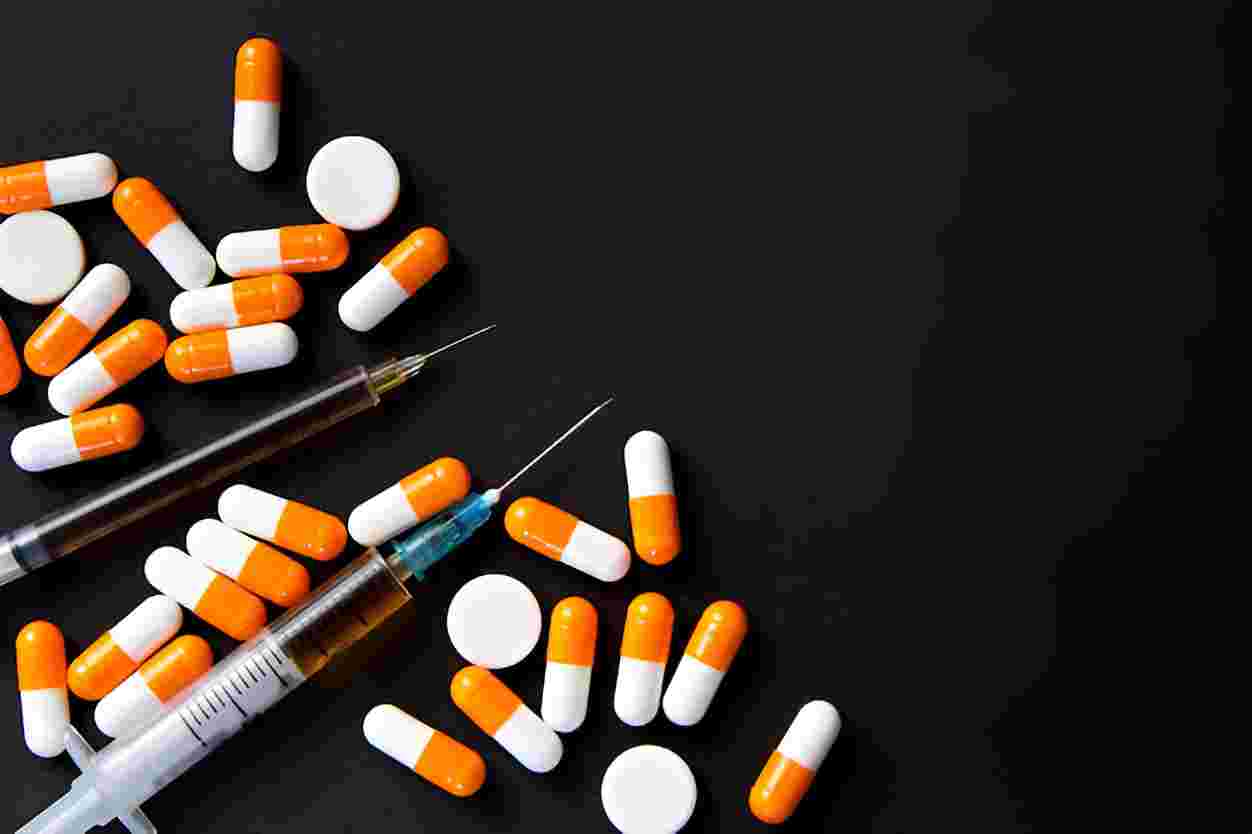The introduction of the HPV vaccine has revolutionized cervical cancer prevention strategies worldwide. This groundbreaking immunization program has transformed the landscape of women's health, offering unprecedented protection against one of the most preventable cancers affecting women globally.
The Science Behind HPV Vaccine Protection
The mechanism of HPV vaccine operates through a sophisticated immune response that creates lasting protection against high-risk HPV strains. The vaccine utilizes virus-like particles (VLPs) that closely resemble the outer shell of HPV viruses but contains no infectious genetic material.
When administered, these VLPs are recognized by the immune system as foreign substances, triggering the production of specific antibodies. These antibodies remain in the bloodstream for years, providing immediate defense when actual HPV exposure occurs. The vaccine's design targets the most oncogenic HPV types, particularly HPV-16 and HPV-18, which account for the majority of cervical cancer cases worldwide.
The immune response generated is both robust and durable, with antibody levels remaining significantly higher than those produced by natural infection. This enhanced immunity ensures comprehensive protection against future HPV encounters, effectively preventing the initial infection that could lead to cervical abnormalities.
Revolutionary Results in Cancer Prevention
Global implementation of HPV vaccine cervical cancer prevention programs has yielded extraordinary results. Countries with robust vaccination initiatives have documented remarkable decreases in cervical cancer incidence among vaccinated cohorts.
Australia's national vaccination program serves as a prime example of success, with cervical cancer rates dropping by more than 50% among women in their twenties. Similarly, England has reported significant reductions in high-grade cervical lesions, with some age groups showing decreases of over 80% compared to unvaccinated populations.
The impact extends beyond direct cancer prevention. Vaccination programs have substantially reduced the burden of cervical screening abnormalities, decreasing the need for follow-up procedures and reducing anxiety among women. This translates to improved quality of life and reduced healthcare costs across entire populations.
Mathematical modeling studies predict that countries maintaining high vaccination coverage will see continued declines in cervical cancer rates over the coming decades, with some projections suggesting near-elimination of the disease in vaccinated populations.
Safety Profile and Common Concerns
Addressing HPV vaccine side effects female recipients may experience remains essential for maintaining public confidence in vaccination programs. Comprehensive safety monitoring across millions of doses has consistently demonstrated the vaccine's excellent safety profile.
The most frequently reported side effects are localized reactions at the injection site, including temporary pain, swelling, or redness. These reactions typically resolve within 24-48 hours and are similar to those experienced with other routine vaccines. Some individuals may experience mild systemic symptoms such as headache or fatigue, which are generally short-lived.
Extensive post-marketing surveillance studies have found no evidence linking HPV vaccination to serious adverse events such as autoimmune conditions, fertility problems, or chronic pain syndromes. Large-scale epidemiological studies involving millions of vaccinated individuals have consistently refuted concerns about long-term safety risks.
Healthcare providers emphasize that the documented benefits of vaccination far exceed the minimal risks of mild, temporary side effects. The vaccine's safety profile compares favorably to other routine immunizations and is considered exceptional for a cancer prevention intervention.
Future Outlook and Sustained Protection
Ongoing research into HPV long-term effects and vaccine durability continues to reinforce the value of immunization programs. Long-term follow-up studies spanning more than 15 years demonstrate sustained antibody levels and continued protection against HPV infection.
The durability of vaccine-induced immunity appears to be superior to natural infection, with no evidence of waning protection over time. This sustained immunity eliminates the need for booster vaccinations, making the current three-dose series a lifetime investment in cancer prevention.
As vaccinated cohorts age, researchers anticipate even greater reductions in HPV-related cancers beyond cervical cancer, including anal, vulvar, vaginal, and oropharyngeal cancers. The widespread usage of HPV vaccine represents a paradigm shift in cancer prevention, offering the prospect of eliminating several cancer types within the next generation.
The global impact of HPV vaccination programs demonstrates the power of preventive medicine in transforming public health outcomes and protecting future generations from preventable diseases.
Latest Reports:-
Retinopathy Of Prematurity Market | Richter Syndrome Market | Ringworm Market | Rosacea Market | Rotator Cuff Injuries Market | Shingles Market | Short Bowel Syndrome Drug Market | Short Bowel Syndrome Market | Shoulder Replacement Devices Market | Sickle Cell Disease Market | Sinusitis Market | Sjogren's Syndrome Market | Skin Grafting Devices Market | Skin Neoplasm Market | Nicotine Addiction Market | Smoking Cessation Market | Spinal Cord Injury Market | Spinal Cord Stimulators Market | Spinal Decompression/traction Devices Market | Spinal Implants Market | Spinal Non-fusion Devices Market | Spinal Trauma Devices Market | Orthobiologics Market | Spondylolisthesis Market | Sporadic Inclusion Body Myositis Sibm Market | Staphylococcus Aureus Infection Market




